Let’s not jump into Byzantine architecture right away! Let’s journey back and see the turn of events in history that led to a Byzantine era to even come to being, so you could google about it centuries after its collapse. You’ve heard about Constantine the Great, right? He was one of the biggest Roman emperors if not THE biggest. He was the first one who openly converted to Christianity and favored Christians throughout the Eastern and Western Roman Empires for the first time.
You wanna know why?
In a prolonged siege Constantine laid at Rome that he was about to give up on, history has it that on the night of his withdrawal he dreamed of someone he believed to be the Jesus Christ.
He told the emperor to use cross emblems as his army’s forehead to buy the city’s heart and have the gates opened for him;
A piece of advice he heeded and eventually enabled him to easily capture a city that had endured a two-year-long siege.
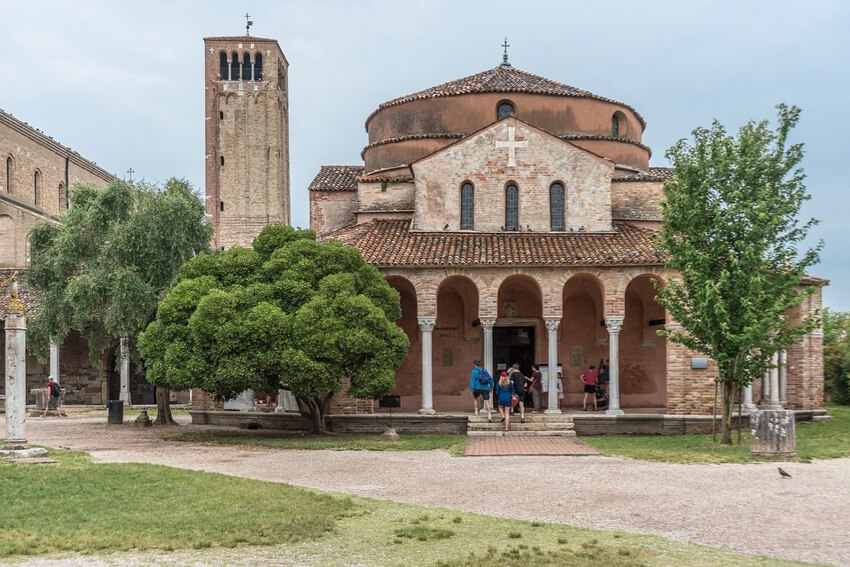
After he became the undisputed Augustus of all the Roman realm in 324 A.D. he appointed a brother-in-law to the Eastern lands of the empire, who ruthlessly strong-armed Christians.
Since Constantine had a new soft spot for Christians he opposed the act and when his orders weren’t obeyed, he marched to the eastern city of Byzantium and tossed his own appointed emperor off the throne. Alright; we’re getting closer to the Byzantine architecture so rest assured now!
But one more piece of historic trivia connected to our story of Byzantine architecture characteristics is still left to say.
After sacking the Christian-hunter, Constantine liked it there in Byzantium. So, he decided to seat his throne in a city he now, in 330 A.D., called Constantinople; that is present-day Istanbul in Turkey.
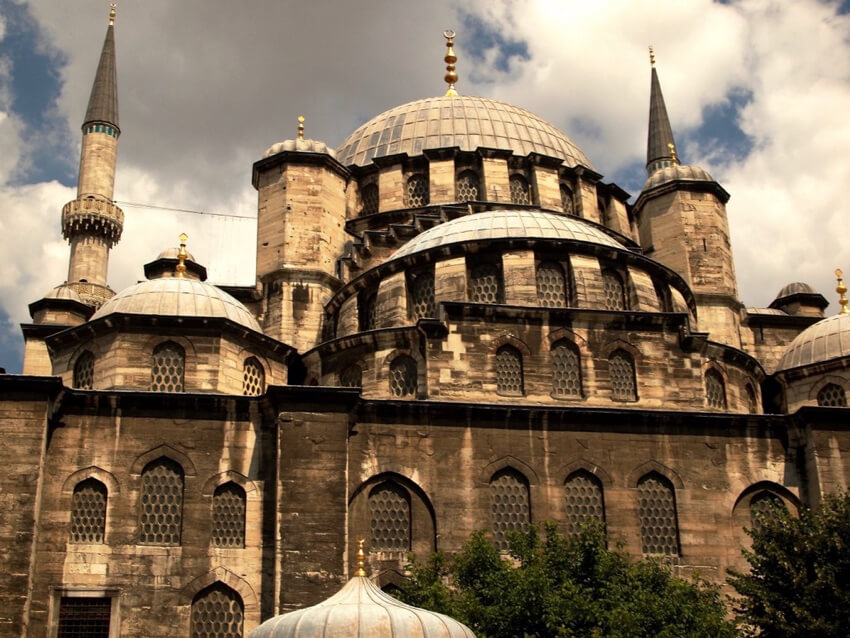
Constantine rebuilt his new capital to give it a kingly feel by building churches, forums, and plazas.
Constantinople became the capital for a Byzantine empire that lasted for almost a millennium and parted ways with the Western Roman empire that would collapse soon and give way to the dark ages.
One of the sharpest places where the difference between these diverging tracks air, is Byzantine architecture characteristics and those of the middle ages and Renaissance across its western neighbor.
Both lasted for over a thousand years and grew into fantastic forms that represented communities that built them.
Clearly, the source for both architectural styles was the same Roman and Greek design principles and elements. Byzantine architecture though, being flanked by the Near East and Europe, both influenced and captured their decorative and structural elements. It later passed on its treasure to the Renaissance and Ottoman architecture styles.
Two of the most remarkable Byzantine architecture characteristics are the resulting Greek Cross plans (that is like the “plus” sign on a calculator) instead of longitudinal plans of the cathedrals in Europe which look like ordinary cross from above, and big domes at the center; an element that wasn’t widely used in Europe before Renaissance.
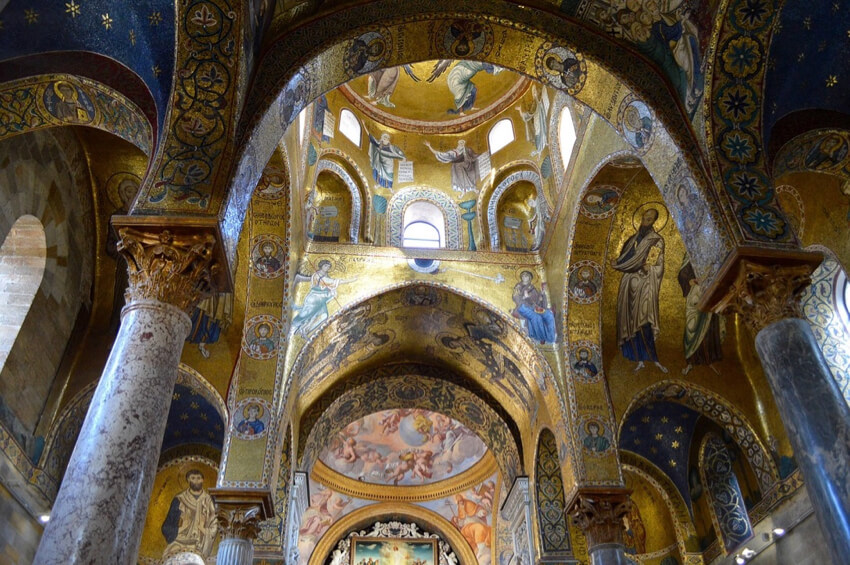
There are other features that separate Byzantine architecture from its predecessors and posterior. They used less stone and more bricks, plaster, and mortar; both in the structure and the decoration of their iconic urban and social structures like seminaries, monasteries, churches, cathedrals, and other secular buildings that unfortunately haven’t endured the ravage of time to our day.
Mosaics were another defining ornamental element that entered buildings in this era. They were widely used instead of stone carved decorations and mostly in the interior of the buildings.
It should be mentioned here that Byzantine architecture, in general, didn’t spare as much attention to the outer display of its monumental buildings as it did to the interior. Mosaics are one where this is obvious the most.
The exterior of most remained Byzantine churches is crude and rough; despite their breathtaking interior where a swift torrent of light softly pours into the space underneath the lofty dome.
Well, here we should also mention the fact that Byzantine architecture was particularly fond of handling natural light into the building.

And last but not least, is the rigid Classical orders of the Greek and Roman that were used in a more relaxed manner in the Byzantine empire.
Back to the primary features of the Byzantine architecture characteristics, the entrance of domes to the design of this era, which some believe was around the same time they were used in the Middle East by Persians, was an engineering marvel.
Byzantine architecture used either of the two major methods to mount big domes on square walls or piers underneath them.
They either exerted pendentives that were basically an inverted curved triangle brick shell with one point on the corner of the square underneath and the opposing side playing as a curved base for the circular dome that would sit on it.
Or they would use a Squinch that is basically an arch that straddles the corner of the room and horns up to make an octagon upon the square plan below; getting the base more fit for the circular dome that caps the room.
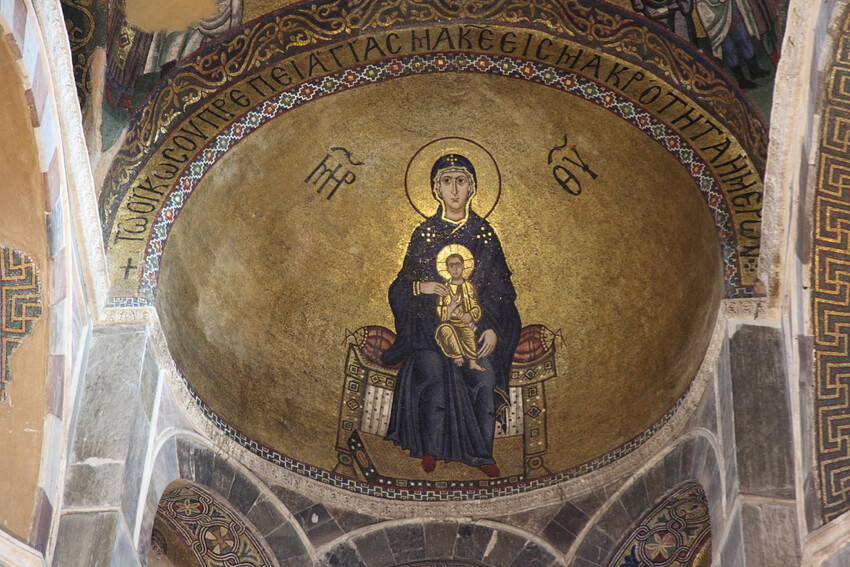
Comparing to the domes in the Islamic world of the Middle East and Persia or the domes in the post-Renaissance period in Europe, the domes of the Byzantine architecture had a broader base and formed a much shallower curve than their counterparts. They were either supported by thick masonry walls or marble columns.
But, “What is Byzantine architecture?” Here, we wanna dive deeper and achieve a better understanding of this question by looking at its monumental remains that mostly scatter around some of the western Middle East countries and also countries in Eastern Europe. Buildings in the present-day Turkey, Armenia, Greece, Syria, and Georgia.
Let’s take a look at them.
Church of Saint Catherine in Thessaloniki, Greece
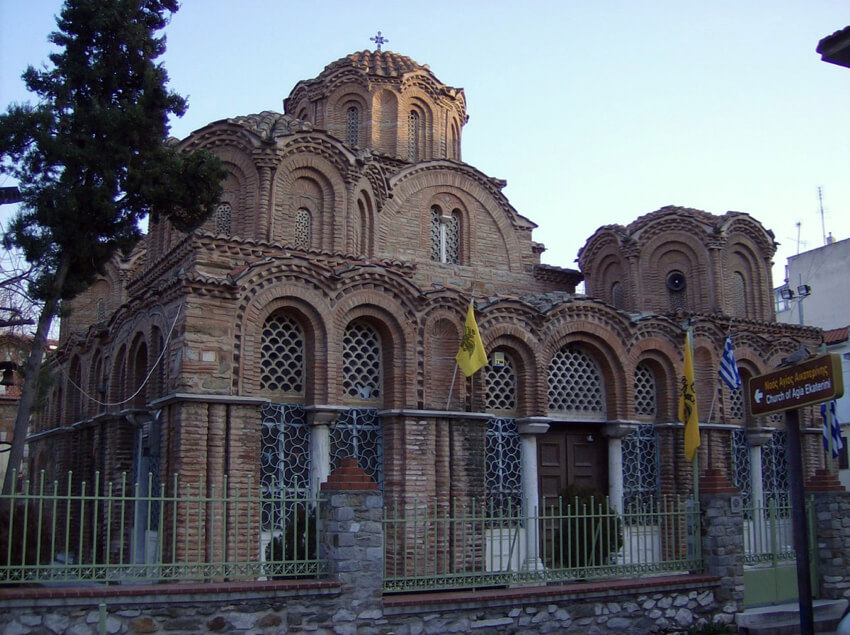
Built at the beginning of the fourteenth century, and located at the north-west of the upper town of Thessaloniki, Saint Catherine church is one of the finest examples of Byzantine architecture.
Use of Classic forms and element in freer combinations and mosaics on the inside and intricate brickwork on the outside, largely instead of carved stones, are what makes this temple that has undergone an episode of conversion to a mosque under the Ottoman Empire, a valuable Byzantine architecture.
Daphni and Hoisos Loukas Monasteries in Distomo, Greece
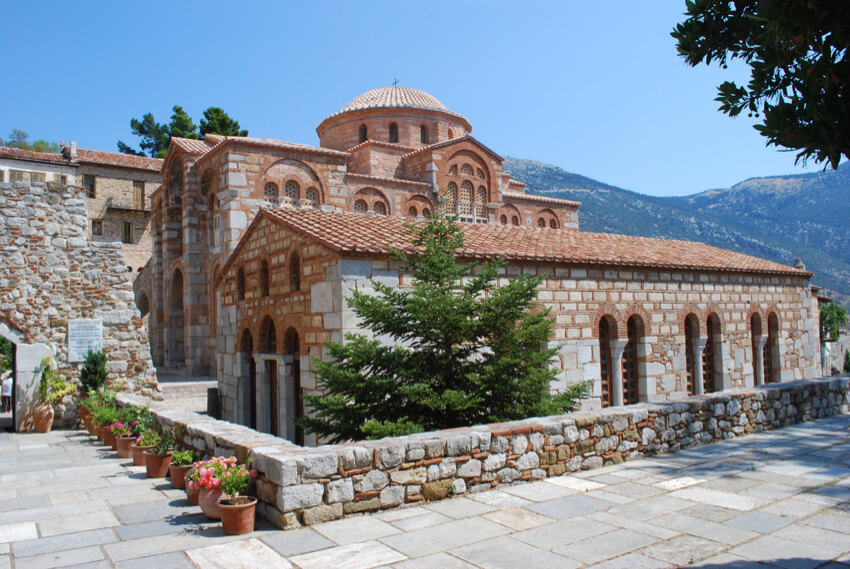
This complex that is comprised of three Monasteries of Daphni, Hosios Loukas and Nea Moni of Chios, is an iconic monument from the middle period of Byzantine architecture.
The oldest of the ensemble is Hoisos Loukas church with its cross-in-square plan and walls that are made of brick and stone and columns finished by marble.
It has an octagonal-base dome on the top, just like the other two monasteries nearby. They again, enjoy mosaics on the inside and tile and brickwork on the outside.
Other Byzantine architecture characteristics include the use of Greek and Roman architecture motifs, letting the natural lighting in through a splendid set of windows, and the remarkable height of the inner chamber under the dome that orients the look upward when you are inside.
Hagia Irene, Istanbul, Turkey

Of our short list here, the origin of Hagia Irene dates back to the day when Constantine the Great himself ordered the construction of a temple in this very place. But it was later destroyed in the Nika Riots in 532 A.D.
One look and you can easily distinguish how brick and plaster dominate the outer surface of the church instead of stone; despite the mainstream theme of churches of the same time in Europe.
The central plan is topped off by a shallow dome that is supported by numerous pillars; the same pillars make room for windows to beautifully light the chamber underneath.
Hagia Sophia in Istanbul, Turkey
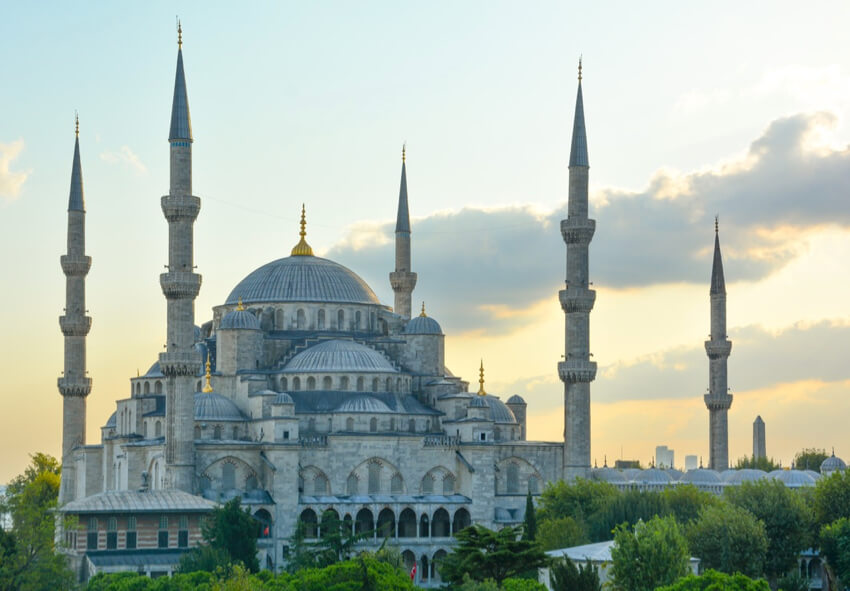
Hagia Sophia has seen numerous modifications and extensions over the years; like the four minarets at its corners that were added in the Ottoman era. But the temple’s core, which remains the most defining part till this day, is a collection of arches that roof a rectangular-planned nave and support a huge dome on the top.
It is the crown of the Byzantine architecture that stands as an iconic signature of the style, centuries after Constantine first made the construction of churches possible.
A collection of circling arches under the main dome, that reaches a whopping 55 meters, pour the natural light and color into the hall. Completed in the 6th century A.D., it features extensive mosaic work and a shallow dome at the center all the same.
This is where the technical prowess of Byzantine architecture peaks above all. The use of pendentives, classic arches, and huge masonry pillars to support the domes are at their most remarkable here.
Hagia Sophia is where the movement that Constantine the Great started, culminates in the very same city he aspired for himself.
Conclusion
Byzantine architecture is technically an offspring of Roman architecture. It is a burly branch of the old architecture tree of the west that’s been crossbred with its eastern neighbors as well.
As you saw through its most notable examples, Greek Cross central plans, use of domes for the first time, mosaics for decoration instead of stone carvings, soaring height due to the use of domes, and the use of bricks and plaster instead of stone in the structure of the buildings can be counted as the main Byzantine architecture characteristics.
Have you ever seen any other rich heritage from the Byzantine era? Walk us through your experience in the comments section below.

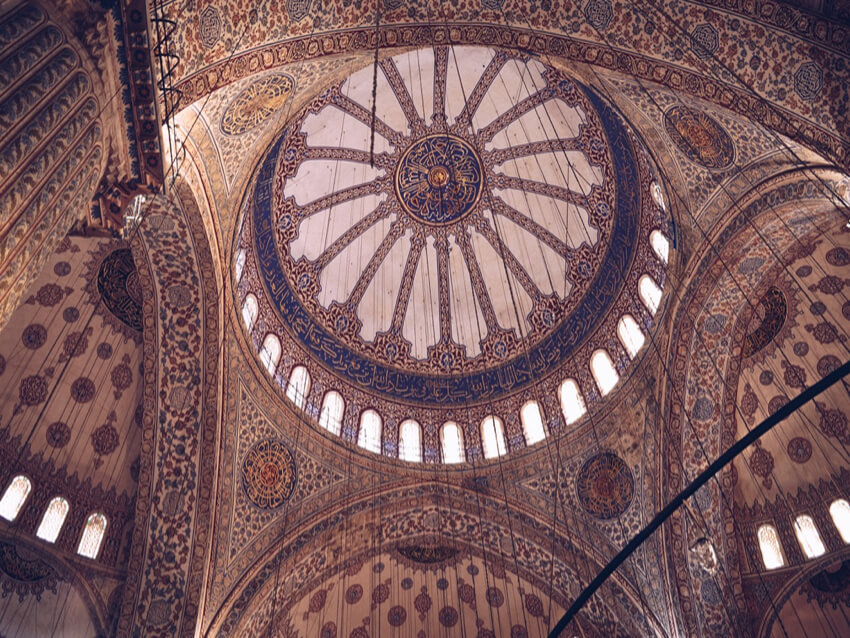


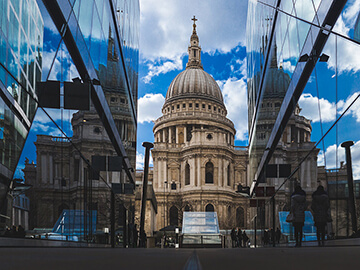
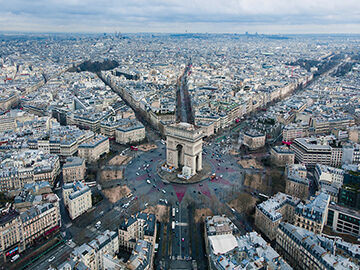

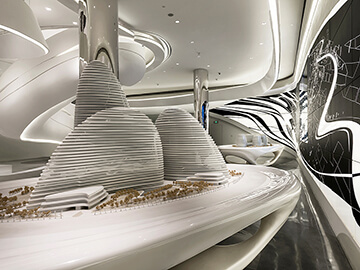
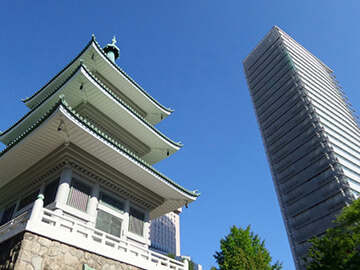
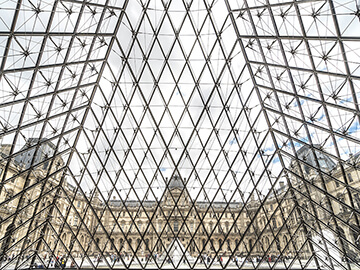
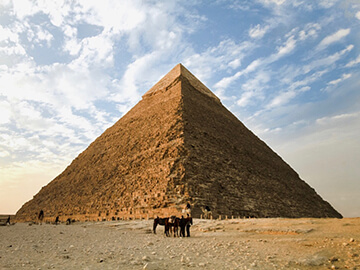
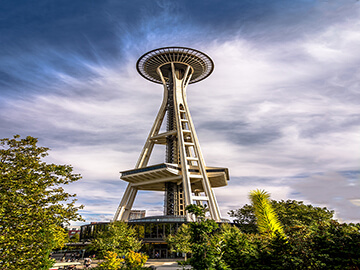

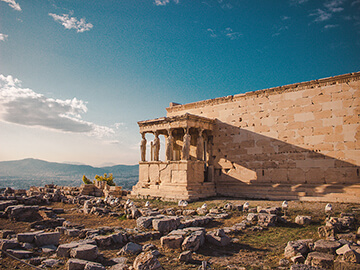
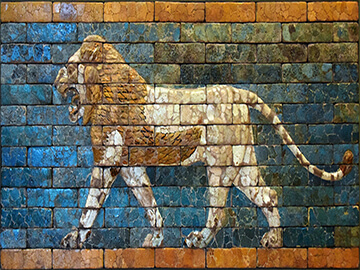
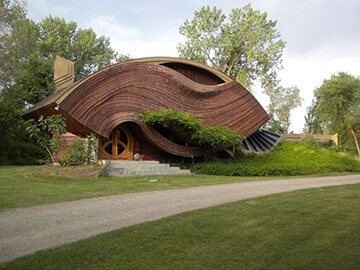
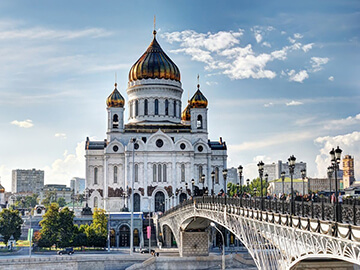
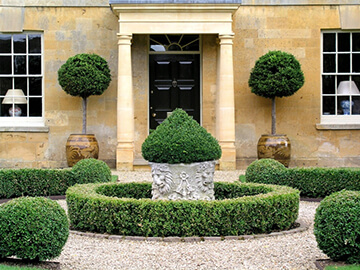
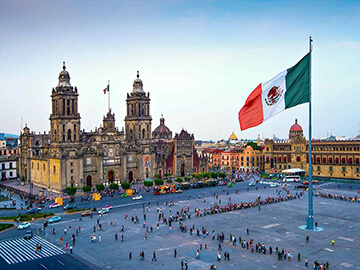



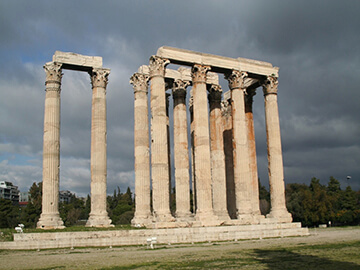


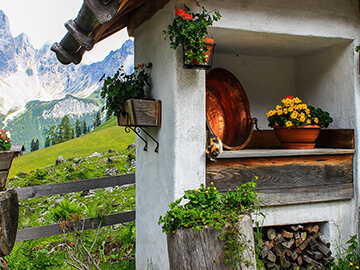
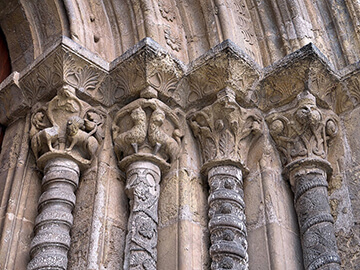
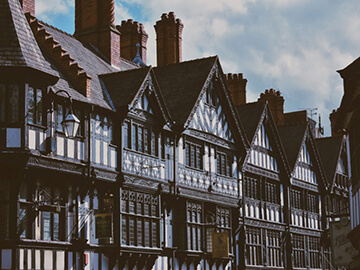
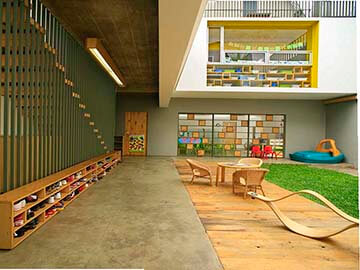
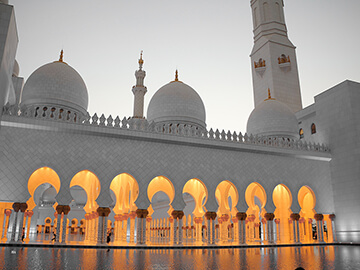
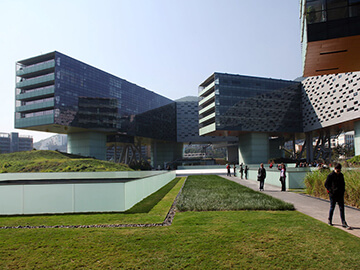

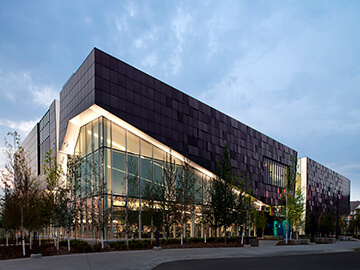
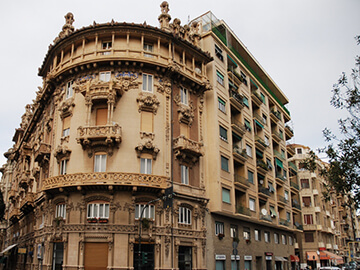
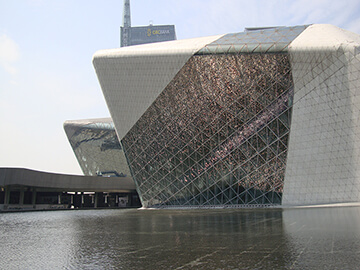
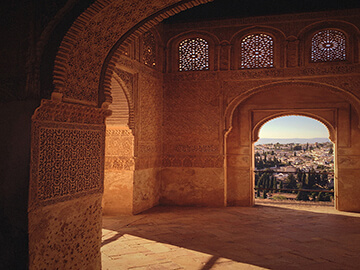

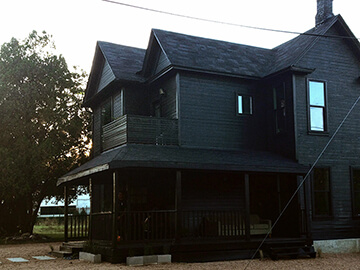
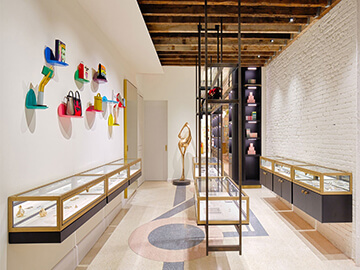



Comments